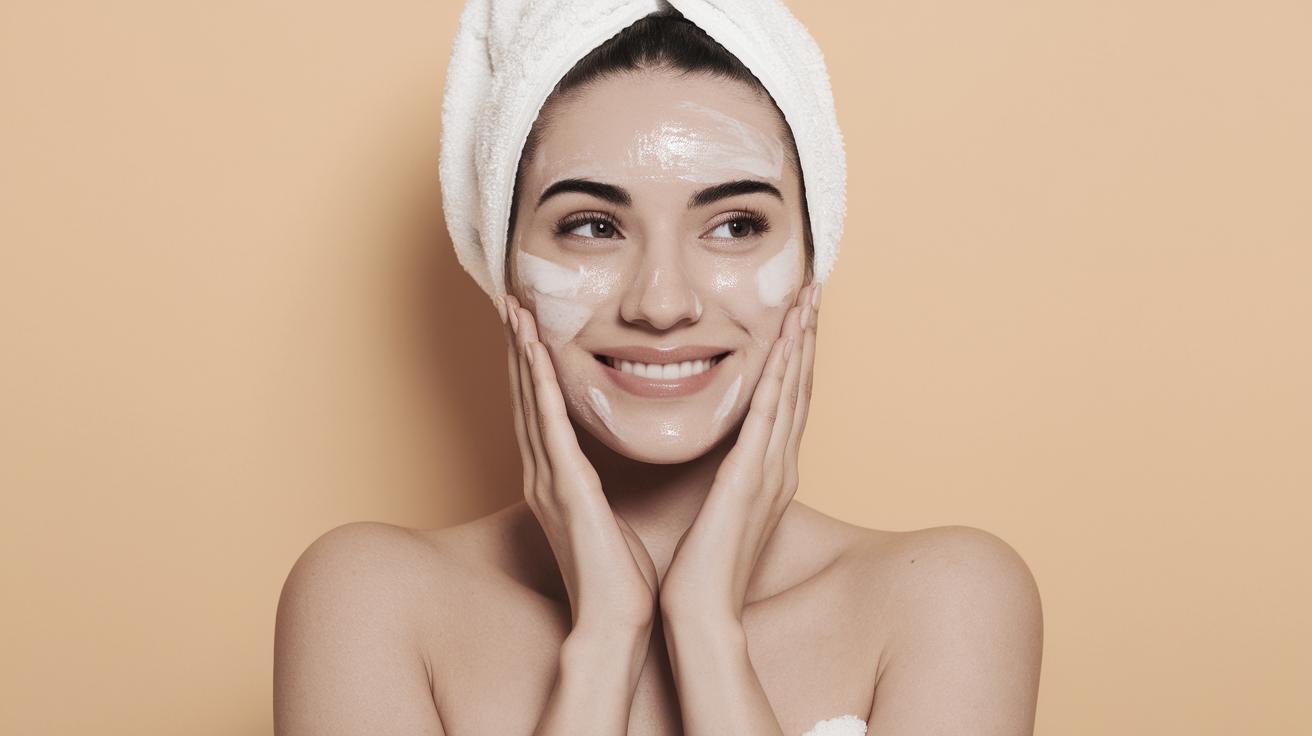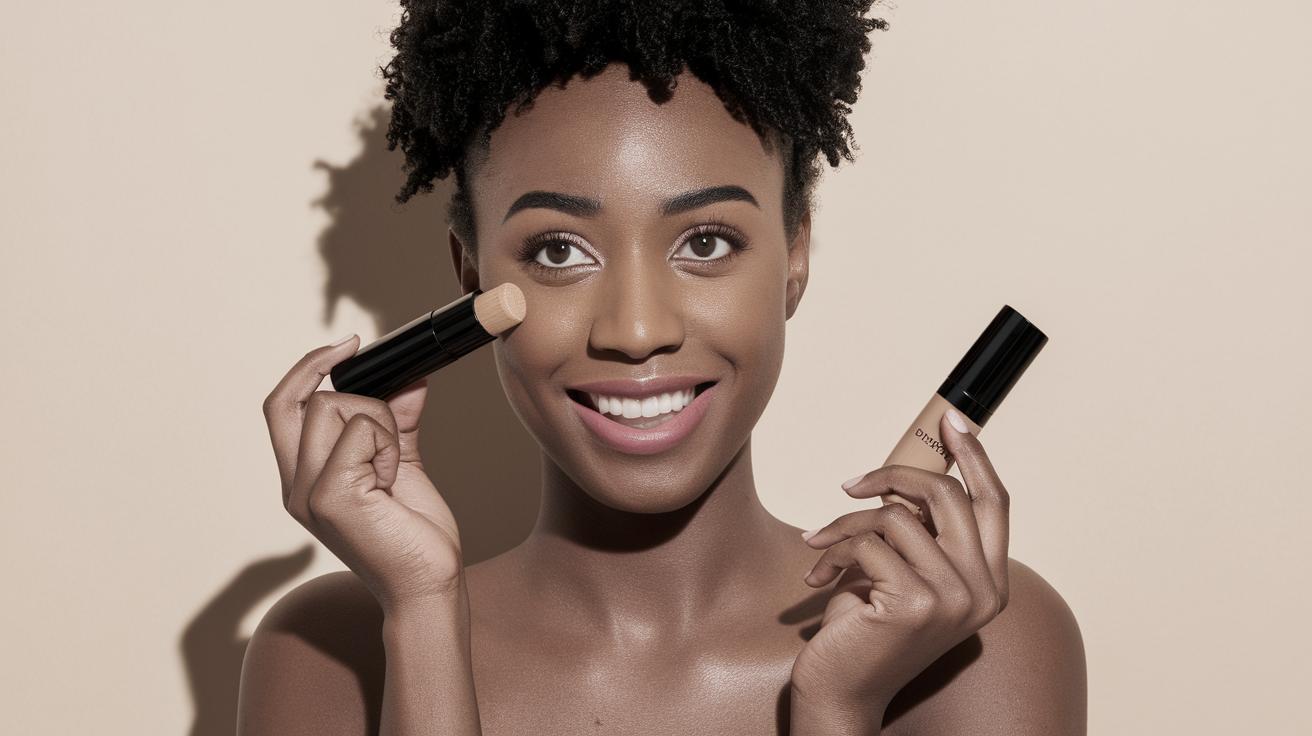Understanding Astringents: Everything You Need to Know
Astringents are common products in the realm of skincare, celebrated for their ability to cleanse, tighten, and firm the skin. They play an essential role in various beauty routines, particularly for individuals with oily or acne-prone skin. However, confusion often arises about their similarities and differences with toners, their ingredients, and who can benefit from their effects. This blog delves into the facets of astringents, including their benefits, potential side effects, and alternatives. By the end of this article, you will have a comprehensive understanding of how astringents can fit into your skincare regime and whether they are the right choice for you.
What is an astringent in skin care?
In skincare, an astringent is a topical solution that is applied to the skin to cleanse and reduce oiliness. It works by causing the contraction of skin cells and tissues, effectively helping to tighten pores and reduce inflammation. The tightening effect can give the skin a smoother appearance, making it feel firmer and more toned. Astringents are particularly beneficial for individuals with oily or acne-prone skin types, as they offer a way to control excess oil and help prevent breakouts.
Astringents often contain alcohol, although there are alcohol-free alternatives that use natural ingredients such as witch hazel or tea tree oil for those with sensitive skin. The primary goal is to cleanse the skin of oils and impurities, ideally improving the appearance and texture of the skin when used as part of a daily skincare routine.
Is an astringent the same as a toner?
Astringents and toners are often confused with one another due to their similar functions in skincare routines; however, they are not the same. Astringents are generally stronger than toners and are specifically designed to remove excess oil from the skin. They often contain higher concentrations of alcohol or active ingredients targeted at tightening the skin and refining pores.
On the other hand, toners are formulated to gently balance the skin’s pH after cleansing and prepare it for moisturizing. Toners are typically milder and contain hydrating and soothing ingredients, such as floral waters or glycerin, making them suitable for all skin types, including sensitive and dry skin. While both products can be part of a skincare regimen, choosing between the two depends on your specific skin concerns and type.
Examples of astringent ingredients
Common astringent ingredients include alcohol, witch hazel, salicylic acid, and tea tree oil. Alcohol is often used in traditional astringents for its ability to dry out the skin and tighten pores. However, it can be overly drying for some, particularly those with sensitive skin. Witch hazel is a natural alternative prized for its gentle yet effective astringent properties and is less likely to cause irritation.
Salicylic acid is often found in astringents aimed at treating acne, as it helps in exfoliating the skin and unclogging pores. Tea tree oil, another popular ingredient, is known for its antibacterial properties and is used in astringents to combat acne and reduce skin inflammation. These ingredients can be combined or used individually to create astringents suited for different skin needs.
Benefits of an astringent
The primary benefit of using an astringent is its ability to reduce pore size and control oil production, making it invaluable for those with oily or acne-prone skin. By removing excess oil and impurities, astringents can help prevent the formation of acne, leaving the skin clearer and more refined. Additionally, the tightening effect on the skin can give it a more youthful and firm appearance.
Astringents also have antiseptic properties, which means they can help to disinfect the skin, reducing the risk of infection from acne lesions or other skin conditions. For those who wear makeup regularly, astringents can aid in the complete removal of makeup residue, ensuring the skin is thoroughly cleansed.
Side effects of astringents
Despite their benefits, astringents can sometimes cause adverse side effects, particularly for individuals with sensitive or dry skin. The most common side effect is dryness, as astringents work by removing oils from the skin, which can strip away natural moisture leading to dehydration. This can result in dryness, redness, and irritation.
Moreover, overuse of astringents can disrupt the skin’s natural balance, exacerbating oil production in response to the lack of moisture, leading to a vicious cycle of oiliness and excessive dryness. It is essential to choose an astringent with ingredients suited to your skin type and use it in moderation to avoid these unwanted effects.
Does everyone need an astringent?
Not everyone needs an astringent in their skincare routine. People with dry or sensitive skin types may find astringents too harsh, leading to increased irritation rather than benefits. For such individuals, a hydrating toner or mild facial mist may be more suitable options to consider.
However, for those with oily or acne-prone skin, incorporating an astringent can be advantageous in managing oil production and preventing acne breakouts. It is crucial to evaluate your skin type and specific concerns before adding an astringent to your daily regimen to ensure it supports rather than disrupts your skin’s health.
Alternatives to astringents
For individuals seeking alternatives to astringents, several options are available. Toners, as previously mentioned, offer a milder option for balancing the skin’s pH and providing gentle hydration. Many toners include soothing ingredients such as rose water or aloe vera, making them suitable for sensitive skin types.
Additionally, micellar water is an excellent non-stripping cleansing option that uses micelles—tiny oil molecules suspended in water—to remove dirt and makeup without the drying effects of traditional astringents. For a natural approach, green tea or chamomile infusions can act as gentle astringents, offering antioxidant benefits without overly drying the skin.
Summary
Understanding the role of astringents can help in deciding whether they are an appropriate addition to your skincare routine. They offer significant benefits for those with oily or acne-prone skin, but might not be necessary for everyone, especially those with dry or sensitive skin. By recognizing the different ingredients and their effects, as well as exploring alternatives, you can tailor your skincare practices to best suit your needs.
| Aspect | Description |
|---|---|
| Definition | Astringents are solutions that cleanse, tighten, and firm skin by removing excess oils and impurities. |
| Astringent vs. Toner | Astringents are stronger, often alcohol-based for oil control; toners are milder, for balancing pH and hydration. |
| Common Ingredients | Alcohol, witch hazel, salicylic acid, tea tree oil. |
| Benefits | Reduces pore size, controls oil production, helps prevent acne. |
| Side Effects | Can cause dryness and irritation, especially in sensitive skin. |
| Who Needs It | Primarily beneficial for oily/acne-prone skin; not necessary for everyone. |
| Alternatives | Toners, micellar water, natural infusions like green tea or chamomile. |


